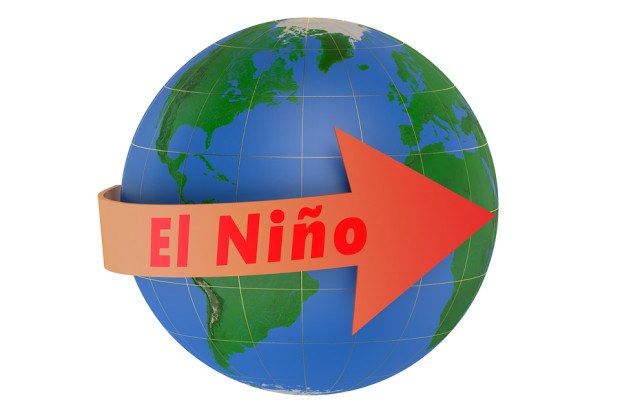The National Weather Service has indicated there is a greater than 90 percent chance that El Niño will continue through the Northern Hemisphere winter.
Last month, a weak El Niño was associated with above-average sea surface temperatures across the Pacific Ocean.
Area-averaged subsurface temperature anomalies increased compared to May, with positive anomalies below the surface of the equatorial Pacific Ocean, according to the National Oceanic and Atmospheric Administration (NOAA).
Tropical atmospheric anomalies were weaker compared to the oceanic anomalies the agencies, working in collaboration, noted.
For the June monthly average, low-level winds were near average over most of the equatorial Pacific. Upper-level wind anomalies were easterly over the western Pacific and westerly over the eastern Pacific.
Collectively, the coupled ocean-atmosphere system reflected a weak El Niño.
The most recent IRI plume indicates El Niño will persist through the Northern Hemisphere winter 2023-2024, both agencies said.
Forecasters favor continued growth of El Niño through the fall, peaking this winter with moderate-to-strong intensity (81 percent chance of November-January Niño).
An event that becomes “historically strong” rivaling the winters of 1997-1998 or 2015-2016, has an approximately 1 in 5 chance, NOAA added.





















 Fla. Regulators’ Effort to Remove Insurer Execs May Not Pass Constitutional Muster
Fla. Regulators’ Effort to Remove Insurer Execs May Not Pass Constitutional Muster  Progressive Gains as Drivers Shop Around for Auto Insurance—Again
Progressive Gains as Drivers Shop Around for Auto Insurance—Again  Growing Progressive Set to Hire 10,000+ in Claims, IT, Other Roles
Growing Progressive Set to Hire 10,000+ in Claims, IT, Other Roles  GM Ends OnStar Driver Safety Program After Privacy Complaints
GM Ends OnStar Driver Safety Program After Privacy Complaints 